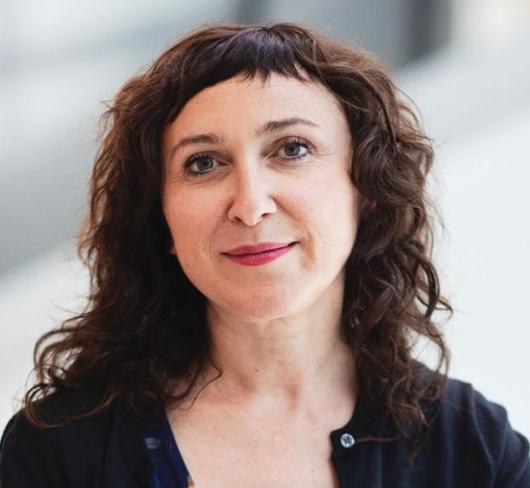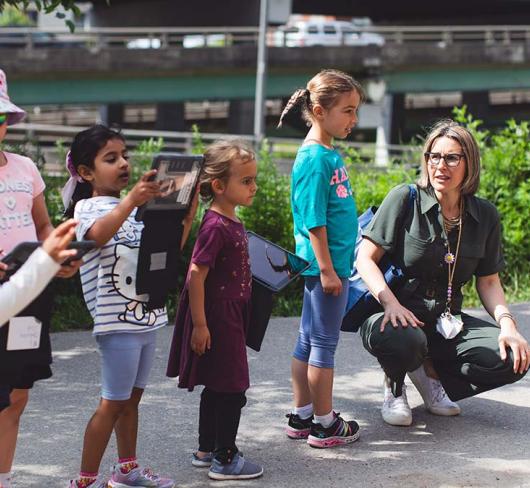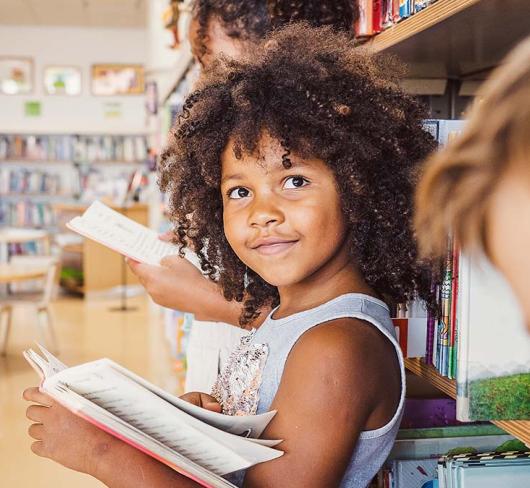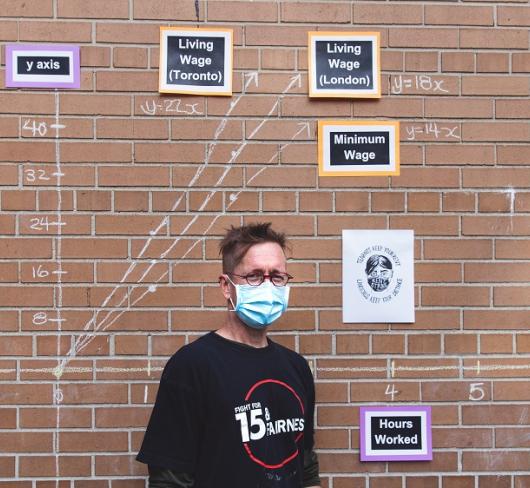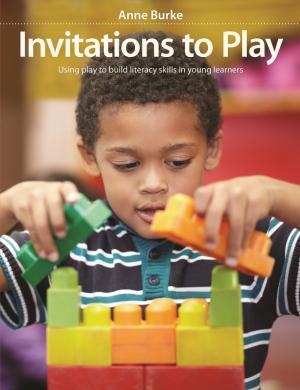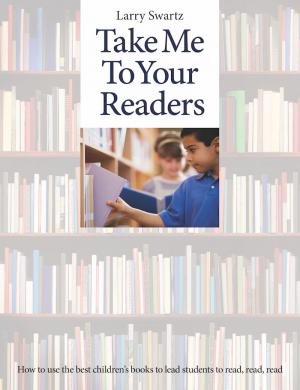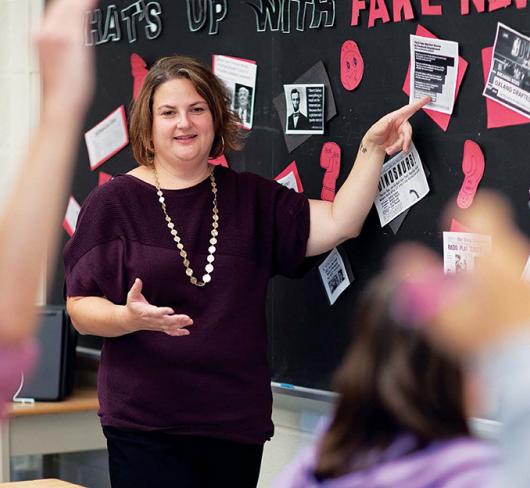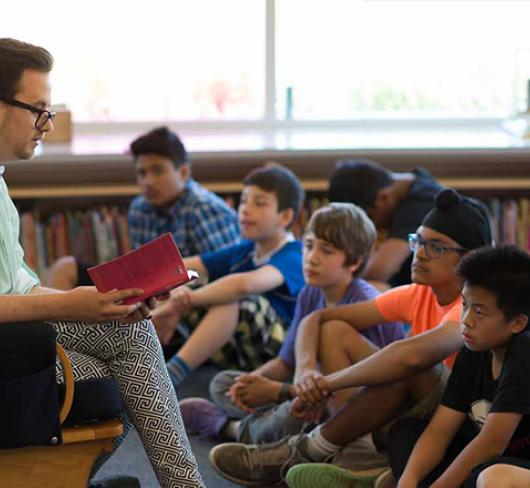Literacy
Taking a Walk Through and About Media Literacy
Right to Read Report
Mathematics for Social Justice
David Stocker asks readers to consider how we are all inextricably linked to one another through economic relationships and how students can have critical conversations in math class.
Invitations to Play: Using Play to Build Literacy Skills in Young Learners
Take Me to Your Readers
Fighting 'Fake News'
Erin Oxland writes about using a new resource called NewsWise to help her students learn critical thinking, navigate misinformation online and learn news and information literacy.
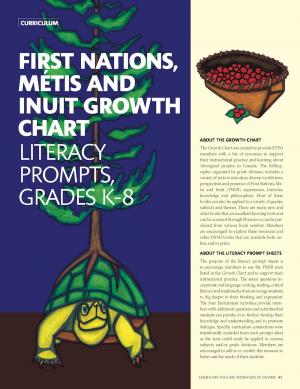
First Nations, Métis and Inuit Growth Chart: Literacy Prompts Grades K-8
Creating Spaces: LGBTQ Conversations in Middle School
What do you do when you can’t find a resource to start important conversations in your classroom? You create one, of course. Peel teacher Greg Maxton (who writes under his married name, Kentris) had become increasingly frustrated with the persistent, intentional and casual homophobia that he saw in his middle school teaching environment.
Reading Choice is Reading Engagement
In 2011, the advocacy group People for Education published a startling report called Reading for Joy. The study, which is downloadable at peopleforeducation.ca, revealed that there has been a dramatic decline in students who report that they like to read.
Pagination
- Page 1
- Next page
